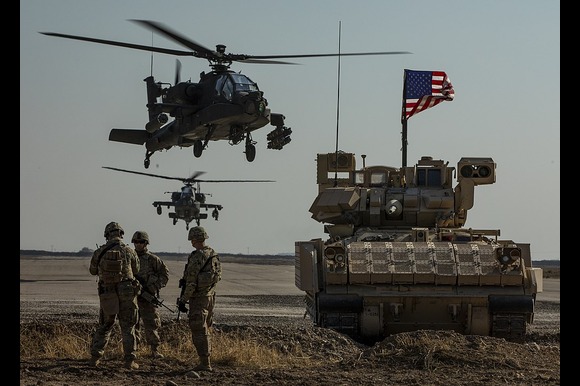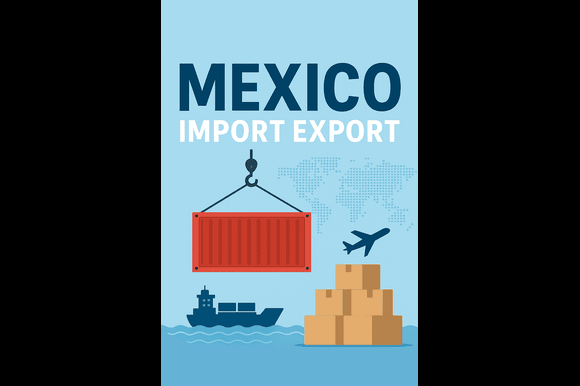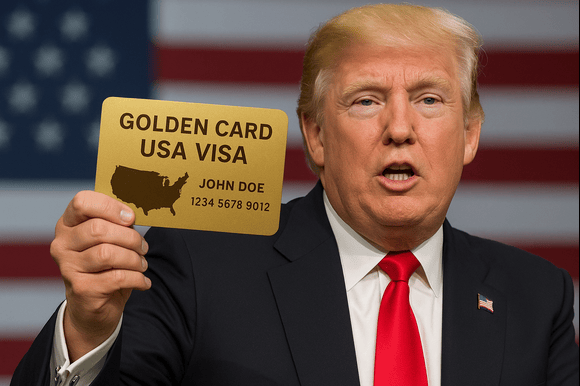
By Photo by Spc. Jensen Guillory-Wikipedia
NATO foreign ministers gathered in Turkiye on Thursday to discuss a bold U.S. proposal urging allies to increase defense spending to five percent of GDP by 2032—a major jump from the current two percent guideline. The proposed target includes 3.5 percent for core defense budgets and an additional 1.5 percent for defense-related infrastructure and cybersecurity.
Speaking at the meeting, NATO Secretary-General Mark Rutte stressed the urgent need for greater military investment, warning that Russia could rebuild its forces within 3–5 years after the war in Ukraine ends. “We need to do much, much more,” Rutte stated, pointing to growing threats from Russia, terrorism, and China—now a major focus of U.S. security strategy.
U.S. Secretary of State Marco Rubio emphasized that the alliance’s strength depends on collective commitment. “This isn’t just about spending more—it’s about spending smarter, investing in the capabilities we need for today’s threats,” he said.
The debate comes ahead of a high-stakes NATO summit in the Netherlands on June 24–25, where U.S. President Donald Trump and allied leaders will chart the alliance’s future course, including support for Ukraine. Currently, 22 of NATO’s 32 members meet the existing two percent GDP benchmark. Countries like Belgium, Italy, Canada, and Spain—though the latter aims to meet the target by 2025—are still lagging.
While Rutte did not confirm the exact figures, he supported including infrastructure spending, such as reinforcing roads and bridges capable of supporting military transport. However, such a redefinition of defense spending, coupled with the compressed seven-year timeline, could pose challenges for many allies.
Lithuania’s Foreign Minister Kestutis Budrys warned that the proposed timeline might still be too slow. “We need to act faster. Russia is already regenerating its military,” he cautioned.
British Foreign Secretary David Lammy stated the UK plans to hit 2.5 percent by 2027 and three percent by 2029, stressing the importance of strengthening Europe’s defense posture during a volatile geopolitical moment.
Although NATO holds no direct military responsibilities in the Indo-Pacific, the U.S. shift toward countering China adds new pressure on allies to boost their contributions. The alliance’s last major operation outside Europe—its Afghanistan mission—ended in disarray, and the implications of a renewed global focus remain uncertain.
As NATO navigates this critical juncture, its unity and resolve will be tested—not just by external threats, but by internal consensus on how much to invest, and how quickly.




